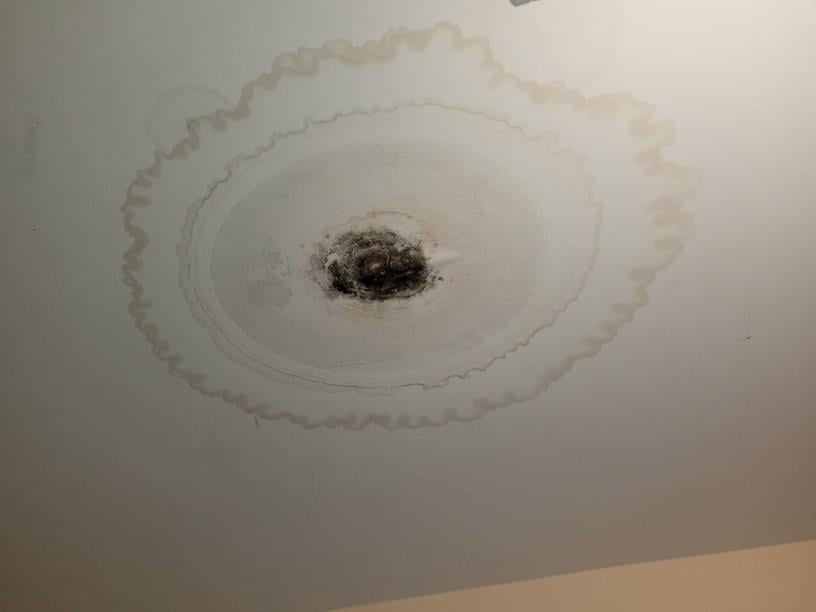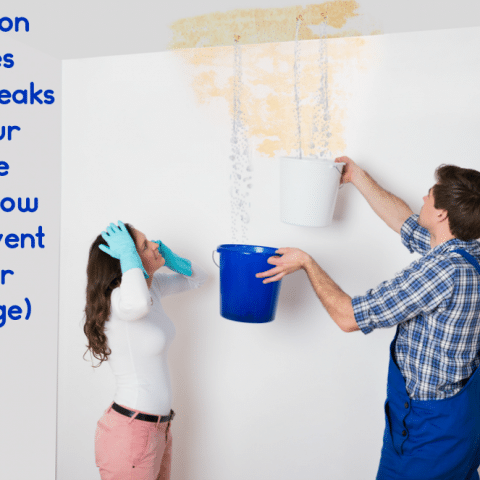We have stumbled upon this article relating to Hacks to detect leaks directly below on the web and felt it made sense to write about it with you in this article.

Early detection of dripping water lines can minimize a prospective calamity. Some small water leakages may not be visible.
1. Check Out the Water Meter
Every home has a water meter. Examining it is a surefire manner in which helps you find leakages. For starters, shut off all the water resources. Guarantee nobody will certainly flush, utilize the tap, shower, run the washing maker or dish washer. From there, go to the meter as well as watch if it will certainly transform. Given that no one is using it, there must be no movements. If it moves, that suggests a fast-moving leakage. Similarly, if you identify no changes, wait a hr or two and also check back once again. This indicates you may have a slow-moving leak that can also be underground.
2. Inspect Water Usage
Examine your water costs and also track your water intake. As the one paying it, you should notice if there are any inconsistencies. If you find sudden changes, in spite of your usage being the same, it implies that you have leaks in your plumbing system. Remember, your water expense ought to fall under the same array on a monthly basis. An abrupt spike in your costs shows a fast-moving leak.
A stable increase every month, also with the exact same habits, reveals you have a sluggish leak that's likewise slowly rising. Call a plumber to completely check your home, especially if you really feel a cozy area on your flooring with piping beneath.
3. Do a Food Coloring Examination
When it comes to water intake, 30% comes from bathrooms. If the shade in some way infiltrates your dish during that time without flushing, there's a leak in between the storage tank and also bowl.
4. Asses Exterior Lines
Don't fail to remember to examine your exterior water lines also. Should water seep out of the connection, you have a loosened rubber gasket. One little leakage can waste lots of water as well as surge your water costs.
5. Evaluate and also Analyze the Situation
House owners should make it a routine to check under the sink counters as well as even inside cupboards for any type of bad odor or mold and mildew growth. These two red flags indicate a leakage so punctual attention is needed. Doing routine examinations, also bi-annually, can conserve you from a major problem.
Examine for stainings and also deteriorating as many appliances and also pipes have a life span. If you suspect leaking water lines in your plumbing system, do not wait for it to escalate.
Early detection of dripping water lines can mitigate a possible disaster. Some small water leakages may not be noticeable. Checking it is a guaranteed means that helps you find leakages. One small leakage can throw away tons of water as well as increase your water costs.
If you believe leaking water lines in your plumbing system, do not wait for it to rise.
WARNING SIGNS OF WATER LEAKAGE BEHIND THE WALL
PERSISTENT MUSTY ODORS
As water slowly drips from a leaky pipe inside the wall, flooring and sheetrock stay damp and develop an odor similar to wet cardboard. It generates a musty smell that can help you find hidden leaks.
MOLD IN UNUSUAL AREAS
Mold usually grows in wet areas like kitchens, baths and laundry rooms. If you spot the stuff on walls or baseboards in other rooms of the house, it’s a good indicator of undetected water leaks.
STAINS THAT GROW
When mold thrives around a leaky pipe, it sometimes takes hold on the inside surface of the affected wall. A growing stain on otherwise clean sheetrock is often your sign of a hidden plumbing problem.
PEELING OR BUBBLING WALLPAPER / PAINT
This clue is easy to miss in rooms that don’t get much use. When you see wallpaper separating along seams or paint bubbling or flaking off the wall, blame sheetrock that stays wet because of an undetected leak.
BUCKLED CEILINGS AND STAINED FLOORS
If ceilings or floors in bathrooms, kitchens or laundry areas develop structural problems, don’t rule out constant damp inside the walls. Wet sheetrock can affect adjacent framing, flooring and ceilings.
https://www.servicemasterbyzaba.com/blog/how-to-detect-water-leakage-in-walls/

We were shown that article about Locating water leaks from an acquaintance on another web page. Sharing is nice. Helping others is fun. Thank you for your time. Come back soon.